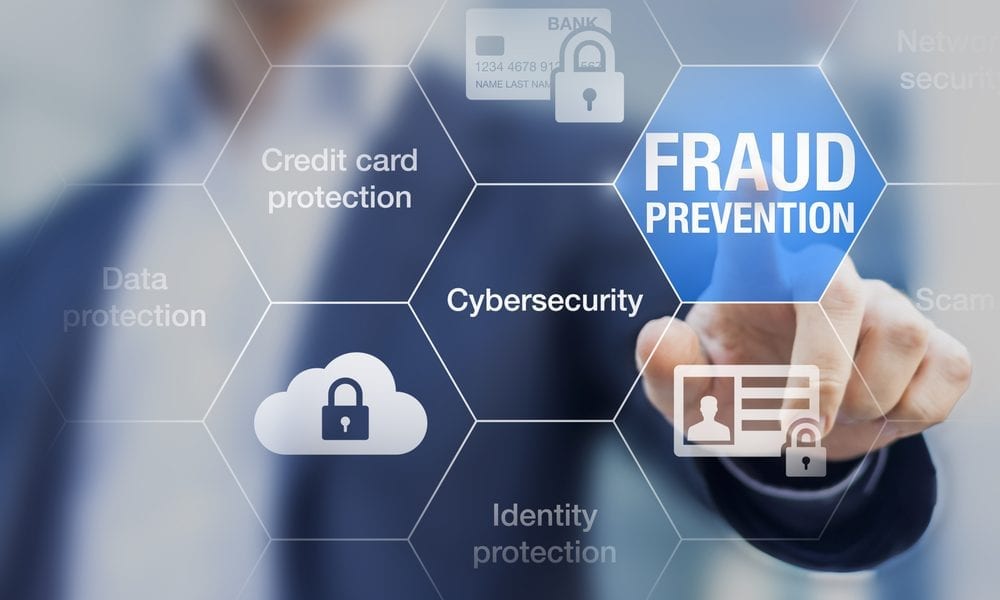The Customer Master Data Management Top 10 for 2024
There is a logical progression of concepts that build upon each other to articulate the comprehensive benefits of Customer Master Data Management (CMDM).
This starts with the foundational importance of data quality in a solution like the Pretectum CMDM. Data quality serves as the bedrock upon which all subsequent benefits rely. Without accurate and reliable customer data, organizations cannot effectively streamline operations, make informed decisions, or enhance the customer experience. Therefore, it’s crucial to establish data quality as a primary focus of any CMDM program.
CMDM streamlines customer data management operations. By centralizing and unifying customer data, organizations can eliminate inefficiencies associated with managing disparate data sources. This streamlined approach not only reduces operational costs but also lays the groundwork for more effective decision-making and customer engagement.
With operations streamlined, the question then, is how CMDM empowers organizations to make better decisions. By providing comprehensive insights into customer behavior and preferences, CMDM enables decision-makers to formulate more targeted strategies and initiatives. This, in turn, leads to more impactful customer interactions and ultimately drives business success.
Building upon the theme of decision-making, CMDM enhances the customer experience. Organizations can deliver personalized interactions and seamless experiences across all touchpoints by leveraging deep insights into customer data. This not only fosters customer satisfaction but also strengthens brand loyalty and advocacy.
Everything is done in pursuit of driving revenue growth. By optimizing operations, decision-making, and customer experience, CMDM enables organizations to capitalize on revenue opportunities and maximize customer lifetime value. This solidifies the value proposition of CMDM as a strategic imperative for organizations looking to achieve sustainable growth and success in today’s competitive business landscape.
Enhanced Data Quality
Ensuring superior data quality is fundamental for any organization leveraging a Customer Master Data Management (CMDM) solution. It is the cornerstone of all customer-related initiatives, ensuring that every interaction, analysis, and decision is based on accurate and consistent customer information. By meticulously identifying and rectifying discrepancies, purging redundancies, and maintaining data integrity across customer datasets, CMDM guarantees that businesses have a reliable foundation for their customer-centric strategies. This commitment to data quality not only instills trust in customer data but also minimizes the risk of errors, misinformation, and misguided decisions, ultimately leading to more effective customer engagement and sustained business success.
Streamlined Operations
Streamlining operations through Customer Master Data Management (CMDM) is essential for organizations aiming to enhance efficiency and agility in customer-facing activities. By establishing a unified and centralized repository of customer information, CMDM eliminates the complexities and inefficiencies associated with managing disparate customer data sources. This unified approach not only accelerates customer-related processes but also reduces operational costs stemming from data redundancy, manual reconciliation efforts, and inconsistent workflows. With streamlined operations enabled by CMDM, organizations can respond more swiftly to customer needs, deliver personalized experiences, and seize market opportunities, thereby maintaining a competitive edge and driving business growth.
Improved Decision-Making
Enhanced decision-making facilitated by Customer Master Data Management (CMDM) is critical for organizations seeking to optimize customer interactions and drive sustainable growth. By providing decision-makers with comprehensive and accurate insights into customer behavior, preferences, and interactions across various channels, CMDM empowers them to make informed decisions with confidence. This holistic view of customer data enables executives to identify trends, forecast demand, and anticipate customer needs more accurately. As a result, organizations can develop targeted marketing strategies, optimize resource allocation, and deliver personalized experiences that resonate with their customers, ultimately driving customer satisfaction, loyalty, and profitability.
An Ability to Drive New Customer Experiences
Elevating the customer experience through Customer Master Data Management (CMDM) is paramount for businesses aiming to build enduring relationships and foster brand loyalty. Only by consolidating and centralizing customer data from disparate sources, CMDM systems enable organizations to gain a holistic understanding of their customer’s preferences, behaviors, and interactions. Armed with this comprehensive insight, businesses can personalize interactions, tailor products and services, and deliver seamless experiences across touchpoints, thereby enhancing customer satisfaction and fostering long-term loyalty. Moreover, by leveraging CMDM to anticipate and address customer needs proactively, organizations can differentiate themselves in the market and position themselves as trusted advisors, driving customer advocacy and revenue growth.
Increased Revenue
Driving revenue growth through Customer Master Data Management (CMDM) is a strategic imperative for businesses seeking to capitalize on customer insights and market opportunities. By leveraging CMDM to analyze customer data, segment audiences, and target the right customers with personalized offerings, organizations can enhance conversion rates, increase sales performance, and maximize customer lifetime value. Additionally, by delivering consistent and compelling experiences across channels, CMDM helps organizations cultivate customer loyalty and advocacy, driving repeat business and revenue growth.
Customer Benefits
Based on their significance in directly impacting the customer experience and fostering long-term relationships with customers, consider these important customer benefits when you focus on your customer master data management.
Personalization is a key driver of customer satisfaction and loyalty. When businesses understand their customers’ preferences and tailor interactions accordingly, it creates a more engaging and meaningful experience for the customer, ultimately leading to higher satisfaction and repeat business.
Customers expect businesses to have accurate information about them. By ensuring data accuracy, businesses can make informed decisions that directly impact the customer experience. For example, offering relevant products or services based on accurate customer data leads to more positive interactions and increased trust.
Quick and effective customer support is crucial for resolving issues and building trust with customers. By providing support representatives with a holistic view of the customer and any journeys with the customer, an organization can address relationship needs more efficiently, leading to higher satisfaction and loyalty.
Customers appreciate relevant and appropriate suggestions and recommendations at the right and best time to cater to their interests preferences and situations. Leveraging customer data, an organization’s teams and applications can make more precise, targeted, and accurate recommendations, businesses can enhance the shopping experience, increase sales, and build stronger relationships with customers.
I f your organization is in the business of selling goods, or services, or simply having a relationship with consumers; targeted marketing campaigns are more effective in engaging than generic messaging. By segmenting customers based on their characteristics and behaviors, businesses can tailor their marketing efforts to specific audience segments, resulting in higher engagement and conversion rates.
These five benefits directly contribute to a positive customer experience by providing personalized interactions, accurate information, efficient support, relevant recommendations, and targeted marketing efforts. By focusing on these areas, organizations can strengthen their relationships with consumers and audiences and drive long-term loyalty and satisfaction.
The value proposition of a Customer Master Data Management (CMDM) system like the Pretectum CMDM, lies in its ability to holistically enhance the entire customer experience journey.
By ensuring superior data quality, streamlining operations, improving decision-making, enabling new customer experiences, and driving increased revenue, CMDM becomes a strategic imperative for organizations. The system provides personalized interactions, accurate information, efficient support, relevant recommendations, and targeted marketing efforts, ultimately fostering enduring relationships, customer loyalty, and satisfaction in today’s competitive business landscape.
Pretectum CMDM serves as the foundation for businesses seeking sustainable growth and success by leveraging comprehensive customer insights and delivering exceptional experiences across touchpoints; Pretectum CMDM serves up the single customer view, integrates it with your business sources and analytics platforms, and provides your personnel with a unified view of the customer with data that can be as rich and comprehensive as your imagination permits.






















